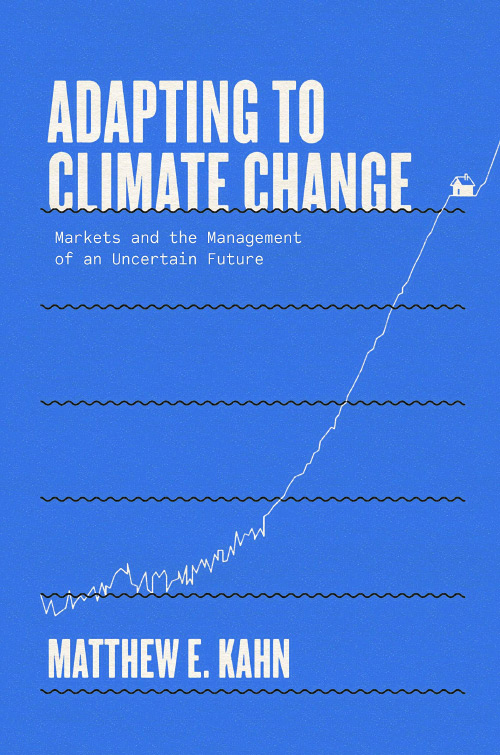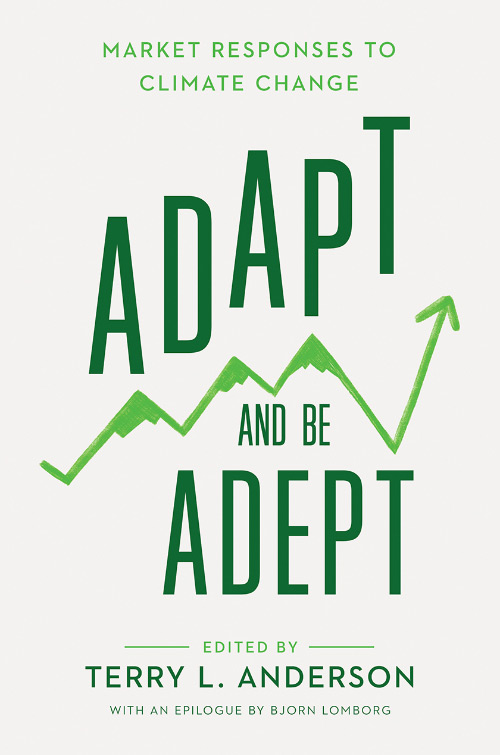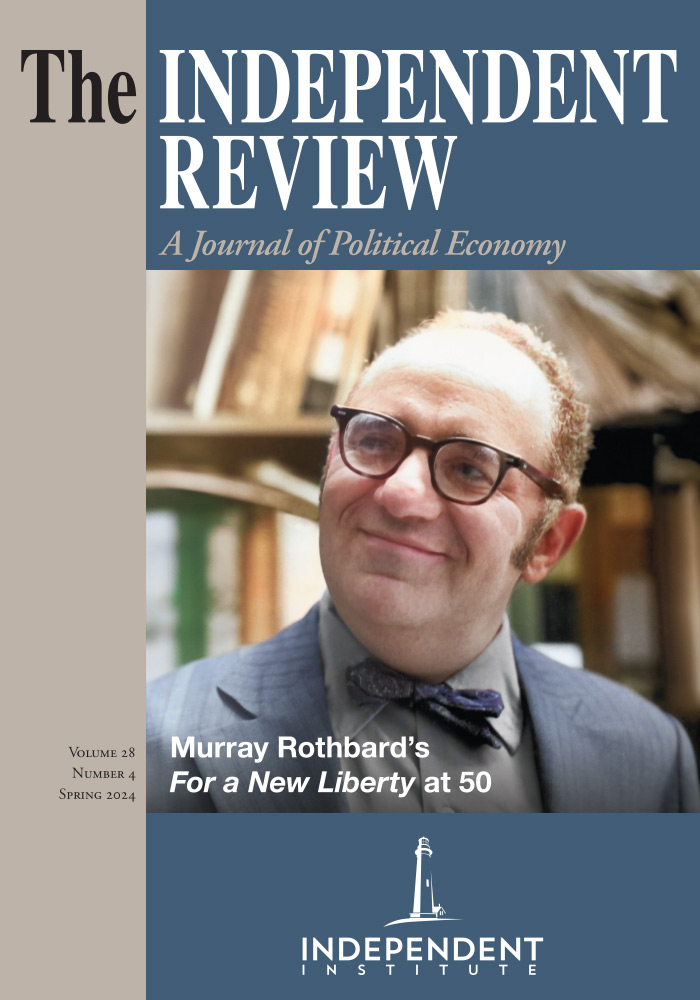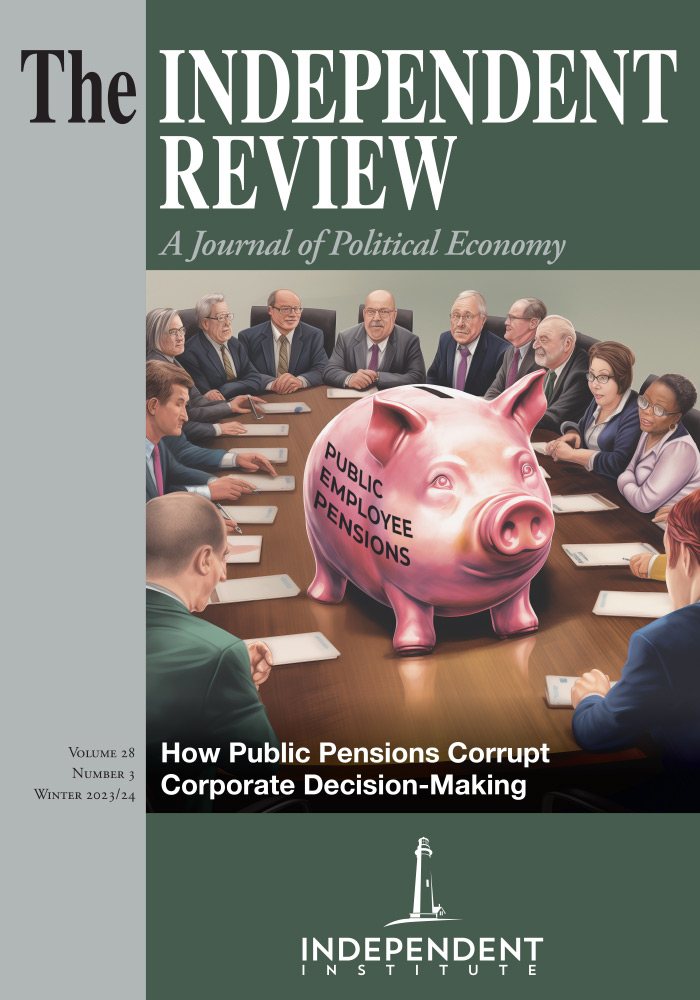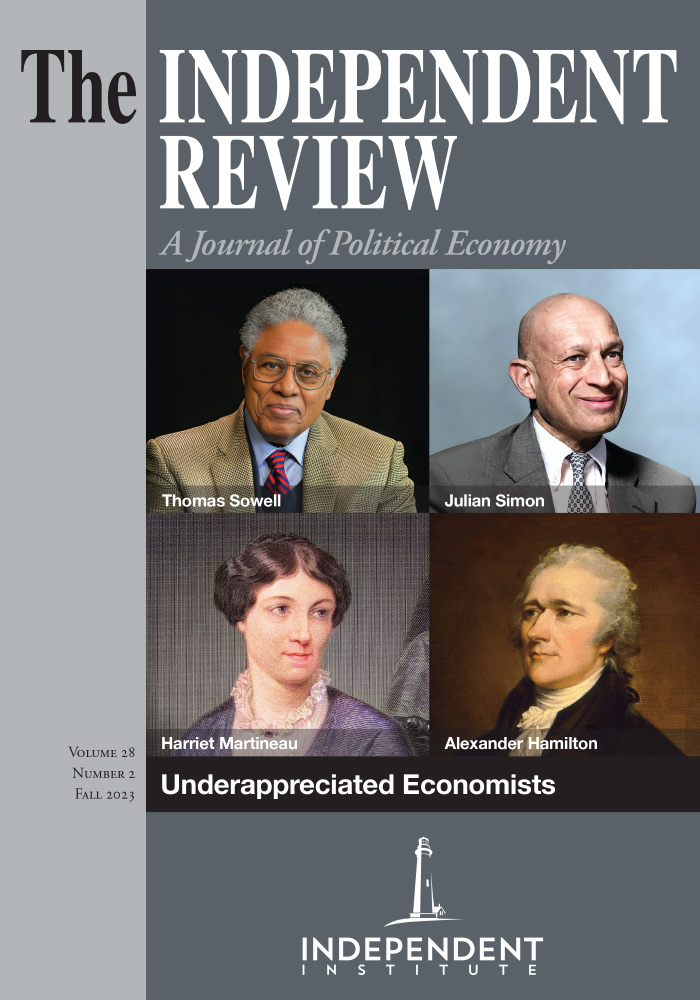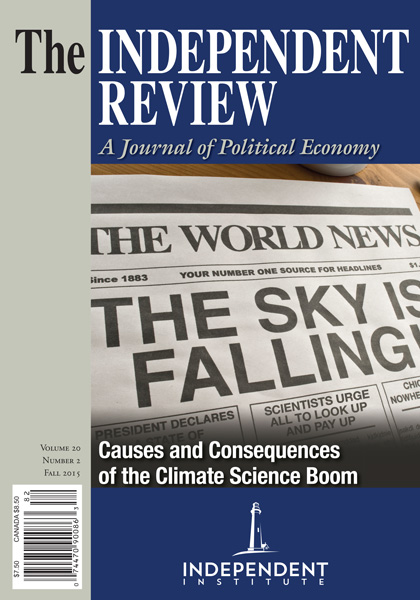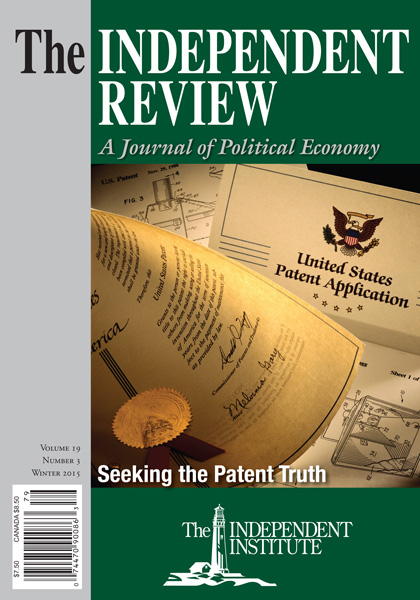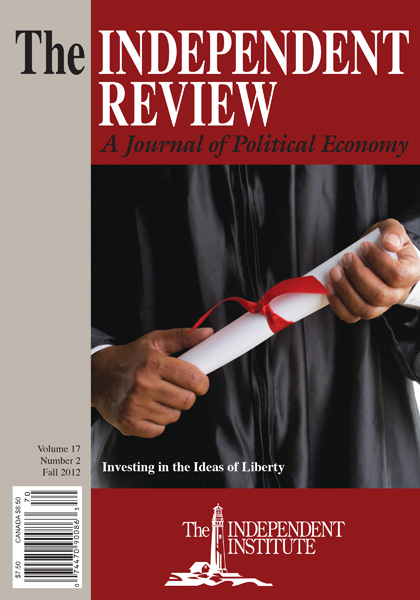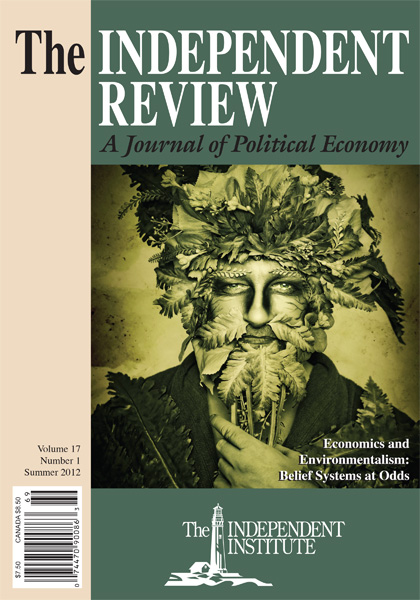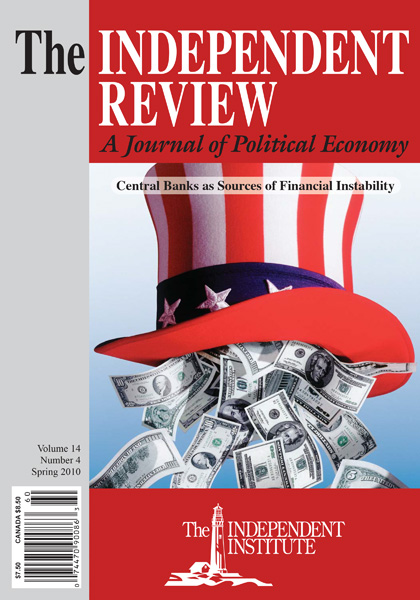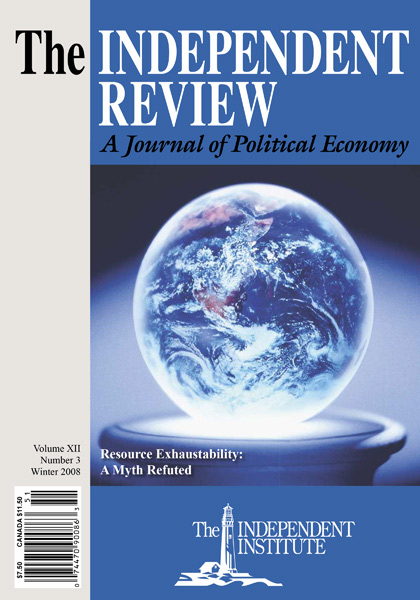The day I moved into my new home in Milwaukee in 1988, the temperature reached 103 degrees—the second highest temperature in the city’s history. It was a hot, dry summer. (It was the summer that NASA’s James Hansen put global warming on the map with his testimony before the Senate Committee on Energy and Natural Resources.) My wife joined me a few weeks later, the thermometer soared again, and she suggested that we look into buying a window air conditioning unit. The prices at Sears were quite a bit higher than we expected, so we decided that we’d better check another store or two. However, while we were shopping at Sears a storm front came through, bringing cooler weather, so we headed home, the temperatures stayed down, and we never did buy an air conditioner. Milwaukee’s average daily high in July is only 82, so many people there don’t have air conditioners.
The climate changed—it was an El Nino year—so we looked into a sure-fire way to adapt, although we decided not to act in this case after considering the costs and benefits. Like us, people everywhere have constantly considered how to adapt. The climate has always been changing, so people have always been adapting to climate change.
But worries about climate change have intensified in recent years and now children have climate change nightmares. A BBC survey last year found that 19% of British children have had bad dreams about climate change! I believe that these worries will eventually wane, but not until people realize our immense powers of adaptation and hear the ideas in books like Adapting to Climate Change and Adapt and Be Adept.
In Adapting to Climate Change, Matthew Kahn (University of Southern California and Johns Hopkins University) concludes that “as greenhouse gas emissions rise, we face greater climate change risk. Yet each day we grow stronger with respect to our capacity to cope with this risk” (p. 234). Whether or not you agree that the risks are rising, his conclusion that our ability to deal with climate problems continues to improve is quite compelling. The argument is spelled out in chapters with titles like “The Market for Big Data Facilitates Adaptation,” “Reimagining Laws and Regulations to Facilitate Adaptation,” and “Globalization and International Trade Facilitate Adaptation.” Each chapter is meant to reflect Julian Simon’s “optimistic theme of the role that human capital and ingenuity play in building our individual and collective resilience,” echoing Simon’s argument that “discoveries, like resources, may well be infinite; the more we discover, the more we are able to discover” (p. 17). The big picture is that rising wealth levels and technological improvements make it easier and easier to adapt—to solve whatever problems arise in the future. And global policies have done virtually nothing to slow rising levels of greenhouse gas emissions, so if you think carbon emissions are causing problems you better start adapting.
Kahn is rightfully skeptical of Nobel-laureate William Nordhaus’ projections of the damages of greenhouse gas emissions, because making projections about economic damages eighty or more years into the future based on how today’s economy works is simply foolish. The literature is awash with studies linking higher temperatures to bad things—such as decreased productivity and lower mental functioning. But this tells us next to nothing about what will happen a century from now. Kahn dismantles this approach (and with it the damage function behind estimates from Nordhaus and others on the marginal external cost of greenhouse gasses and therefore the validity of Pigovian taxes on fossil fuels):
Suppose that, using historical data, a research team estimates that the average student’s math SAT score is five points lower for every degree that it is over 75 degrees outside during the past month. In step one, the research team uses data to estimate the historical relation between environmental conditions and outcomes that we care about. In step two, the researchers borrow a climate science prediction about future weather changes. Suppose that a specific climate model predicts that it will be four degrees warmer in the future. In step three, the social scientists combine their estimates from step one with the climate science prediction from step two. In the context of the example above, the climate economists would predict that SAT scores will be twenty points lower in the future because of climate change. This three-step prediction is based on the assumption that the past relation between temperature and SAT scores ... will continue to hold in the future. ... This prediction would be more accurate about our future if no adaptation takes place. But how can this be? If our children suffer from the heat and if our researchers have documented this fact, then in an economy where we are both growing richer over time and air conditioning technology is improving and becoming cheaper, then more people will invest in this adaptation technology. ... There is a certain irony here that environmental economists implicitly embrace the extrapolation assumption that the future climate damage function will be the same as the one existing today. This extrapolation approach violates the core logic of microeconomics that people respond to incentives! (pp. 25–26, emphasis in the original)
I opened with an example of air conditioning because it is central to Kahn’s argument. A one-sentence summary of the first quarter of the book might be: “Air conditioning eliminates just about all the health and productivity problems of rising temperatures, it’s affordable, and its price is falling.” The best quote of the book comes from Singapore’s founding father, Lee Kuan Yew, who replied to a question about the key to Singapore’s stunning economic growth over the preceding fifty years by saying “Air conditioning was a most important invention for us ... It changed the nature of civilization by making development possible in the tropics” (p. 136). Kahn reports that in urban China the average household already has 1.2 air conditioning units. Similar numbers are likely to hold in a couple of decades in places like India. And did you know that there are now inexpensive (about $100) cooling vests that are effective for outdoor work? Ironically, Kahn may underestimate the affordability of air conditioners, suggesting that one needs to “retrofit” a home for AC (no need, just plug a unit into a standard outlet) and putting the price of a good air conditioner at $250 (you can find them much cheaper).
Later in Adapting to Climate Change, Kahn addresses concerns about rising sea levels, intensifying storms, and the threat of wild fires. It’s not clear that these worries should haunt our dreams—for example even the Intergovernmental Panel on Climate Change, in its RCP 4.5 and RCP 6.0 scenarios, projects the sea level to rise only 18 inches over the next eighty years. Only its highly implausible emissions scenarios project significant sea level rise. (And the IPCC’s estimates have been roundly criticized as unrealistically pessimistic in books like S. Fred Singer, David R. Legates, and Anthony R. Lupo, Hot Talk, Cold Science: Global Warming’s Unfinished Debate, Third Edition, 2021, Oakland, Calif.: Independent Institute.) However, if you do worry about flooding and wildfires, even the day-to-day variety, Kahn demonstrates that market adaptations should dampen these worries. Ironically, in touting the ability of well-managed firms to deal with climate change, he uses the example of Amazon. Beneath a heading “Climate Adaptation Lessons from the Amazon HQ2 Location Decision,” Kahn argues that “Amazon seeks to maximize its stream of current and future profits and thus has a strong incentive to consider the expected benefits and costs of choosing a specific location. ... When considering the Queens, New York, location for the new Amazon HQ2, a concern arose regarding whether this coastal location might face significant future sea level rise risk” (pp. 99–101). True. But Amazon was ready to commit $3.7 billion to build its new headquarters at sea level, which implies that this well-managed, forward-looking firm didn’t think rising sea levels were an important risk. They only backed out of building in Queens when they decided that the political risk was too high. Kahn’s discussions about how to deal with risk are well taken, but in almost every case he describes, the risks to property values that businesses or home owners face from climate change are dwarfed by more mundane risks like rising crime rates (I sold my home in Milwaukee at a loss after the crime rate in my neighborhood spiked), economic downturns, or rising interest rates. Kahn thinks that climate change will “shake up” the rankings of the best cities in the U.S., but it seems that a lot of other things—like the quality of local government – are far higher on the list.
Kahn argues that if perceived property risks rise due to climate change, the logical response is to shift the risks away from those who are less able to bear risk—in particular away from poorer and middle-income homeowners—toward corporations. He suggests that the “market solution is for such homeowners to sell their homes to management companies” (p. 128) and for more people to become renters. “New rules for promoting the rise of a renter economy shift the management decision of a home from an amateur homeowner (who may underestimate risks and not know how to respond to them cost effectively) to ... professional, publicly traded [companies] with boards of directors watching over” them (p. 177). I’m not generally convinced by this logic, partly because I don’t think the risks are as large as Kahn thinks. However, as a dividend, Kahn points out that if more people became renters, property owners who demand subsidized flood and wildfire insurance would have less political clout, reducing funding to agencies like the Federal Emergency Management Agency (FEMA), which disproportionately benefits the rich and encourages them to build in riskier locations. Along these lines, Kahn harnesses concerns about climate change to argue for tearing down other rent-driven public policies including protectionism and agricultural subsidies.
Kahn misses the mark in a few places. He seems to endorse exaggerating climate risks: for those who are “slow to take self-protection steps that will reduce exposure ... environmental science and popular outreach play an extremely useful role by highlighting scary scenarios ...” (p. 29). Even though the IPCC’s preferred scenarios aren’t really scary? He lauds managers who plan for “worst case” scenarios. Worse case, such as an asteroid obliterating human life or nuclear annihilation? I hope they don’t waste their time and effort on true worst cases.
Adapt and Be Adept, which is edited by Terry Anderson (senior fellow at the Hoover Institution and former president of the Property and Environment Research Center (PERC)), makes a compelling case that adaptation can be cheap, effective and quick—unlike proposed mitigation policies, such as the Paris Accord, which are expensive, ineffective, and very slow. Bjorn Lomborg’s epilogue highlights coastal protections costing tens of billions of dollars that can avoid tens of trillions of dollars in flood damages. “Coastal defense in many cases will mean dikes (a long wall or embankment built to prevent flooding), but softer approaches, often without government support, such as artificial nourishment (meaning adding sand to beaches), can be even more effective in dealing with the impacts of sea level rise and storm surges. In an overview of nineteen studies, dikes on average reduce damages by $40 for every dollar spent, but artificial nourishment can avoid $111 in damages for each dollar spent” (p. 201).
The first chapter, “Hydrocarbons are Here to Stay,” by Mark Mills (senior fellow at the Manhattan Institute) is worth the price of the volume all by itself. The central point is that “green” energy sources cannot meet the world’s energy demands, so carbon emissions will continue and if this causes climate change then we had better learn to adapt. Mills lays bare important facts that are rarely advertised. “With today’s technology, $1 million worth of utility-scale hardware will produce about 50 million kilowatt-hours (kWh) over a thirty-year operating period, using either wind or solar machines. Meanwhile, $1 million worth of hardware for a shale rig will produce enough natural gas over thirty years to generate over 300 million kWh. ... In order to levelize this inherent cost disparity—that is, for wind + battery to match the stand-alone cost of electricity delivered by gas + turbine—the cost of grid-scale batteries would have to drop at least thirty-fold from today’s level” (p. 17). Unfortunately, our electricity-storage technology is rudimentary. “It costs less than one dollar a barrel to store oil or natural gas (in oil-energy equivalent terms). Storing coal is even cheaper. Thus, unsurprisingly, the United States has on average about one to two months’ worth of national demand in storage for each kind of hydrocarbon at any given time. ... With batteries, it costs roughly $200 to store the energy equivalent of one barrel of oil [generated from wind or solar]. Thus, instead of months, barely two hours of national electricity demand can be stored by the combined total of all the utility-scale batteries currently on the grid plus all the batteries in the one million electric cars that exist today in America” (p. 19, emphasis in the original). The U.S. Energy Information Agency insists that the levelized cost of energy from wind and solar is getting close to parity with hydrocarbons. However, Mills demonstrates that these calculations systematically cook the books in favor of renewables—by assuming that the price of natural gas will rise substantially, using low discount rates, exaggerating the capacity factors of wind and solar (i.e. pretending the winds blow and the sky is sunny more than actually occurs), and lowballing maintenance costs and depreciation rates for renewables. Worse, if you have green leanings, is the likelihood (as reported in Qinyu Qiao et al. 2017. “Cradle-to-gate Greenhouse Gas Emissions of Battery Electric and Internal Combustion Engine Vehicles in China,” Applied Energy, 204: 1399–1411) that since China dominates global battery manufacturing and its grid is predominantly coal-fired, over their life span batteries appear to increase the net carbon emissions from replacing internal combustion engines in many regions of the world.
Kenneth Costello follows with a chapter explaining “The Political Realities of Climate Policy.” The reality is that efforts like the Paris Accord have gotten nowhere in reducing greenhouse gas emission, so if this means rising GHG levels bring climate changes, then we’ll have to adapt at the individual level. The key is that any nation’s efforts to reduce greenhouse gas emissions will be costly to it, but if benefits arise they will go mainly to people in other countries and those who haven’t been born yet. Costello cites a study from the Environmental Protection Agency that the benefits to the United States of reducing carbon emissions are about $7 per ton (only 14 percent of the overall benefit according to the EPA’s calculation)—which is far less than the cost of mitigation. An economically efficient (Pigouvian) tax on any form of pollution “(1) must replace regulations rather than adding to them in controlling GHG emissions; (2) the additional revenues for government should lower distortionary taxes such as the personal income tax or corporate income taxes; (3) the revenues should steer away from uneconomical projects or funding of energy sources favored by certain interest groups; and (4) it requires a tolerably accurate estimate of the social cost of GHG emissions and abatement rather than estimates based on political and other empirically invalid factors. Especially when none of these conditions hold, the efficacy of a carbon tax to improve the state of affairs becomes highly suspect” (pp. 62-63, emphasis added). None of these conditions currently hold, nor are they likely to any time soon.
Faced with these political realities, concludes Mills, adaptation is the best option. It can be done at the individual level and doesn’t require international cooperation. What should government do? Matthew Kahn returns (with co-authors Gregory Characklis and Benjamin Foster) to explain that it may do best by strengthening the price system through a commitment to the rule of law, helping price discovery by transmitting information, and providing key public goods such as weather satellites and funding basic research—while removing roadblocks in the private climate insurance industry. They report that global expenditures on mitigation were roughly $570 billion in 2017–18, “while funding for adaptations, which is mostly public, came in at only $30 billion” (p. 150). (Surely, this latter statement is incorrect, since most adaptation—such as buying an air conditioner—is not publicly funded.) And they appear to be stumped about why businesses haven’t done more to reallocate capital in the face of potential climate change. But perhaps this is because businesses don’t anticipate as much change as the authors? And perhaps it’s not the “deniers” and “skeptics” who are being disingenuous in their public statements, as Kahn suggests in Adapting to Climate Change. Many business leaders who profess to be alarmed by the specter of climate change, show by their investment activities that they aren’t genuinely concerned—as the case of Amazon demonstrates. Like my decision not to buy an air conditioner in Milwaukee, not all adaptation ideas pass the cost-benefit test.
Final aside, I looked up the weather in trends in Milwaukee (whose weather was much too cold for my tastes) and discovered that the time trend for the city’s highest annual temperature over the last century and a half is not statistically significant.
| Other Independent Review articles by Robert M. Whaples | ||
| Spring 2024 | A Vision of a Productive Free Society: Murray Rothbard’s For a New Liberty | |
| Spring 2024 | GOAT: Who Is the Greatest Economist of All Time and Why Does It Matter? | |
| Spring 2024 | Everyday Freedom: Designing the Framework for a Flourishing Society | |
| [View All (93)] | ||



